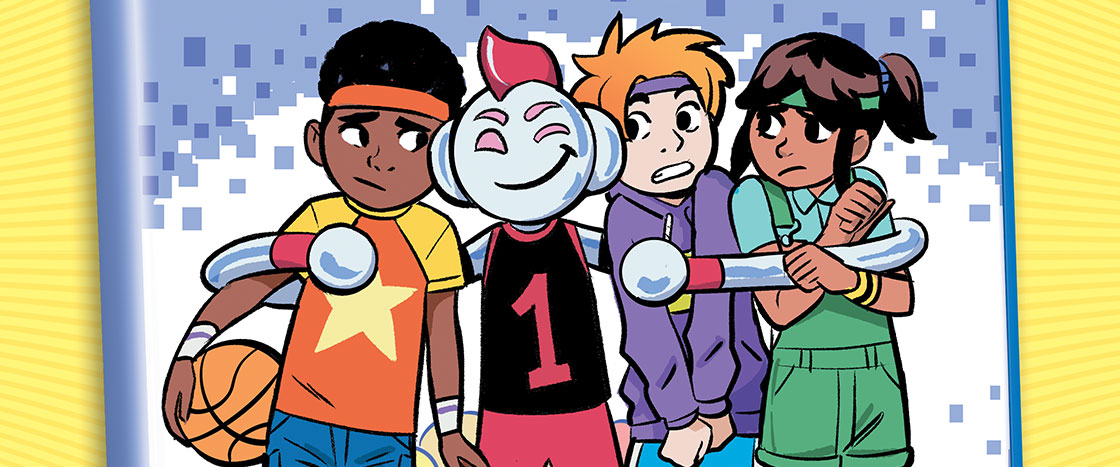Extend the Story With an Activity (20 minutes)
- Kids can “finish” the story with the “What Happens Next?” printable. They’ll fill in the voice bubbles for the characters and create their own comic panel.
- This activity works in the skill of making inferences.
Assessment: Quiz (10 minutes)
ELA Focus: Opinion Writing (20 minutes)
- Use the “Does Technology Make Our Lives Better?” printable. Kids will write a letter to a friend giving their reasons for why they think technology does or doesn’t make our lives better.
- Note: Kids can also do this page in connection with our other technology-themed articles. Making text-to-text connections builds knowledge and comprehension. We layer Storyworks 2 with many ways for your students to make connections.
Enrich the Learning: Paired Text Opportunities (time amount varies)
Making text-to-text connections builds knowledge and comprehension. We layer Storyworks 2 with many ways for your students to make connections.
Pairable Texts “Can a Robot Be a Friend?” (pages 6-11) and “A Clean Start” (pages 24-29)
- These stories ask questions similar to those posed in the mini graphic novel. Does technology make our lives better? How do people use technology?
- Kids can compare the technologies in the three stories using our “Technology Chart” online printable. How are the technologies alike and how are they different?
NEW! Special Lesson for Independent Learning While Remote (30-40 minutes)
- We created a brand-new resource to make it easy for your students to do an independent remote lesson with the mini graphic novel.
- Look in your Resources section for the “Slide Lesson.” It’s a self-contained group of slides that walk your students through the Mini Graphic Novel.
- This easy-to-use group of Google Slides walks your students through watching the video “Does Technology Make Our Lives Better?” and then answering a question about it, reading the story independently, answering three questions after reading, and then doing our “What Happens Next?” inference page.
- It’s a simple way to take the resources we have already created and put them in one place so you don’t have to create anything new!
